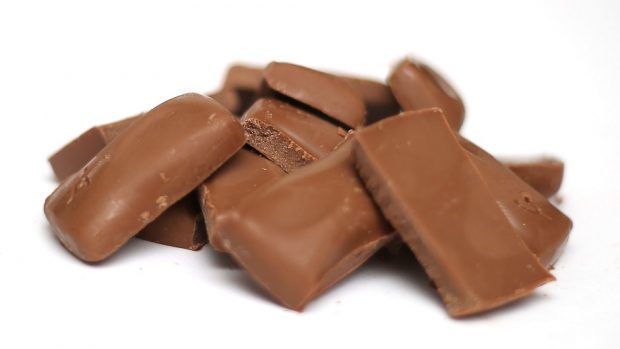The world is heading for a “chocolate deficit”, according to a report.
Demand for cocoa will soon be at an all-time high as shoppers in developing countries buy more of the sweet treat, especially in the run-up to Valentine’s Day.
But supply is slowing due to poor farming methods driving the planet towards a deficit where demand outstrips supply, claims the author of a report titled Destruction by Chocolate.
The typical Western consumer eats an average of 286 chocolate bars a year – more if they are from Belgium, the report found.
For 286 bars, producers need to plant 10 cacao trees to make the cocoa and the butter – the key ingredients in the production of chocolate.
Since the 1990s, more than a billion people from China, Indonesia, India, Brazil and the former Soviet Union have entered the market for cocoa.
Despite the increased demand, supply has not kept up and stockpiles of cocoa are falling.
Doug Hawkins from research firm Hardman Agribusiness said production of cocoa is under strain as farming methods have not changed for hundreds of years.
He said: “Unlike other tree crops that have benefited from the development of modern, high yielding cultivars and crop management techniques to realise their genetic potential, more than 90% of the global cocoa crop is produced by smallholders on subsistence farms with unimproved planting material.”
Some reports suggest cocoa growers in the world’s top producer country, Ivory Coast, have resorted to illegally farming protected forests to meet demand – what Mr Hawkins calls “destruction by chocolate”.
He said: “All the indicators are that we could be looking at a chocolate deficit of 100,000 tonnes a year in the next few years.”
Hope is not lost for romantics hoping to receive chocolate on Valentine’s Day in years to come though as farmers in South America are developing new methods of farming which could solve the problem.
Mr Hawkins said: “We are seeing in Latin America, particularly in Ecuador, farmers who are saying, ’Let’s bring it into the 21st century, let’s rethink this crop’.
“That’s what is happening: these are highly professional farms producing cocoa in an efficient way.”
